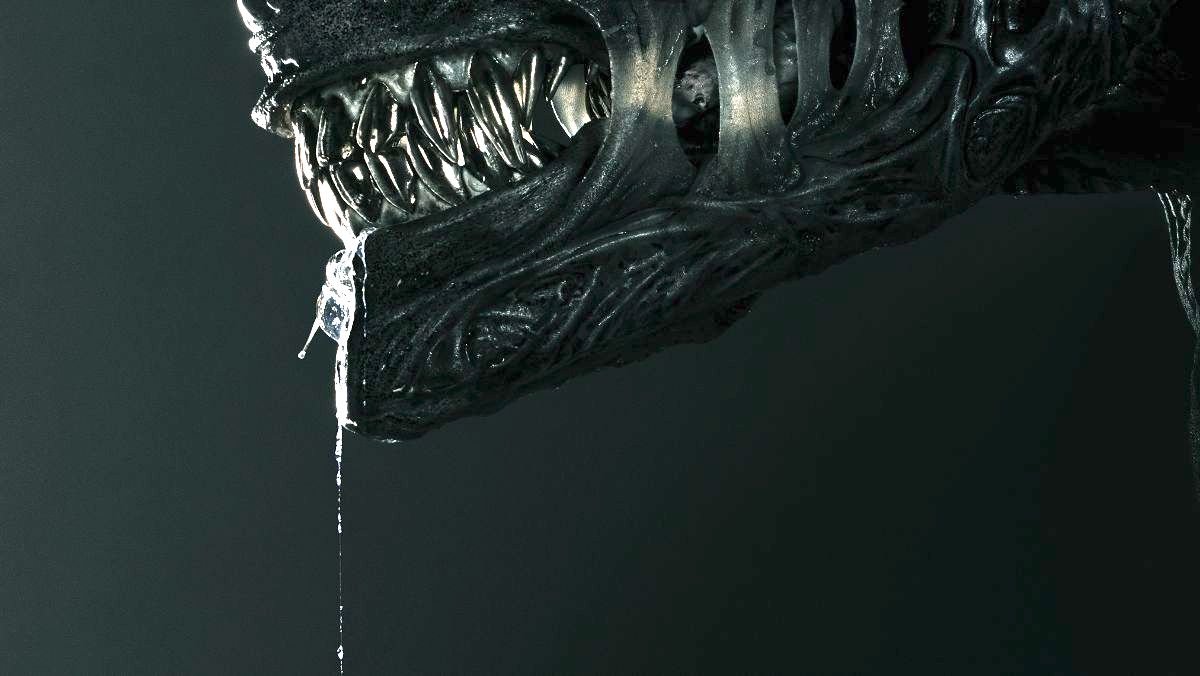In the realm of horror films, few creatures are as iconic and fearsome as the Xenomorph from the Alien franchise. With the upcoming release of Alien: Romulus, directed by Fede Álvarez, horror film fans are anxiously anticipating a return to the franchise’s roots. Notably, Álvarez’s decision to prioritize practical effects over CGI has generated significant buzz. A recently released behind-the-scenes video reveals the intricate and painstaking process involved in bringing the terrifying Xenomorph to life.
The Legacy Of Practical Effects In The Alien Franchise
The original Alien film, directed by Ridley Scott and released in 1979, set a high bar for practical effects in horror cinema. The Xenomorph, designed by H.R. Giger, was brought to life through a combination of costumes, puppetry, and animatronics. This blend of techniques allowed actors to interact with physical elements, creating a tangible sense of dread and fear. The use of practical effects lent the film a gritty realism that made the horror feel immediate and visceral, a quality that has endeared it to fans for decades.
The Evolution Of Xenomorph Effects
Over the years, the Alien franchise has evolved, incorporating more CGI to depict its nightmarish creatures. While CGI offers unparalleled flexibility and fluidity, it often lacks the tactile presence that made the original Xenomorph so terrifying. This over-reliance on CGI has been cited as a reason for the franchise’s inability to evoke the same level of fear and tension as its predecessors.
Returning To The Roots With Alien: Romulus
With Alien: Romulus, Álvarez aims to recapture the visceral horror of the original by prioritizing practical effects. The decision to use animatronics and practical models promises to deliver the same raw, terrifying impact that made the original film a classic. In doing so, Álvarez pays homage to the franchise’s roots while offering a fresh take on its iconic monster.
Creating a convincing Xenomorph using practical effects is no small feat. It requires a collaborative effort between designers, engineers, and puppeteers, all working in harmony to bring the creature to life. Legacy Effects, the company responsible for the animatronics in Alien: Romulus, has shared a behind-the-scenes video showcasing the development process. This short clip offers a glimpse into the meticulous work involved in crafting the animatronic Xenomorph.
The Future Of Practical Effects In The Alien Franchise
The decision to prioritize practical effects in Alien: Romulus signals a potential shift in the franchise’s approach to creature design. By returning to the techniques that made the original film so effective, Álvarez aims to reinvigorate the series and recapture the visceral horror that defined its early entries.
While practical effects offer numerous advantages, they are not without limitations. CGI still has a role to play in enhancing and augmenting practical effects, allowing for more dynamic and fluid creature movements. The key is finding a balance between the two, leveraging the strengths of each to create the most compelling and terrifying monsters possible.
The success of Alien: Romulus could influence future entries in the franchise and the broader horror genre. If the film’s practical effects are well-received, other filmmakers may be inspired to incorporate similar techniques into their projects. This renewed interest in practical effects could lead to a resurgence of the tactile, immersive horror that has been missing from many recent films.
By returning to practical effects, Alien: Romulus pays homage to the franchise’s legacy while forging a new path forward. This approach ensures that the Xenomorph remains a terrifying and iconic figure in horror cinema, preserving its place in the pantheon of movie monsters.
Nonetheless, the behind-the-scenes video of Alien: Romulus offers a tantalizing glimpse into the world of practical effects and the painstaking work involved in bringing the Xenomorph to life. By prioritizing practical effects, director Fede Álvarez aims to recapture the visceral horror that defined the original Alien film. This decision not only honors the franchise’s legacy but also offers a fresh take on its iconic monster.






